Finances
What is APR on a Credit Card?
Read on if you're interested in learning more about APR, credit card comparison, and the overall cost of borrowing.
Advertisement
If you have ever wondered what APR stands for and how it works, keep reading!
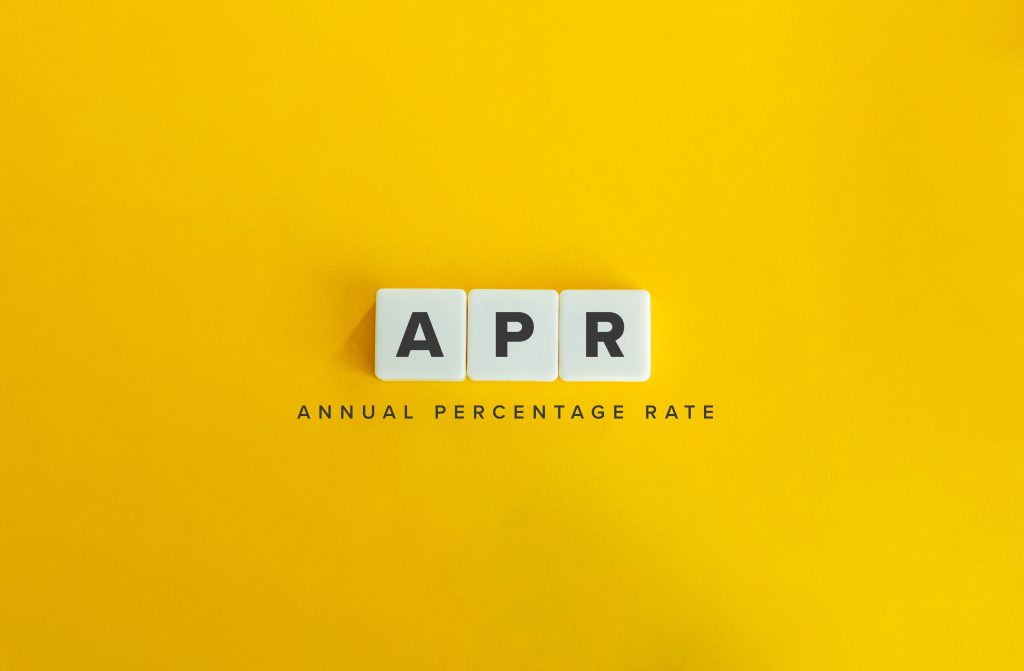
If you’re shopping around for a loan or credit card, you could come across an APR representation. But what is APR on a credit card?

Loans for people with an IVA: is it possible?
Let’s talk about what is an IVA is and explore how to find a personal loan when you have one in place. Read on to find out.
If you want to understand better the cost of borrowing, how to compare credit cards, and how APR works, keep reading this article!
What Is APR?
APR stands for Annual Percentage Rate. It is the percentage of interest calculated each year.
It’s the price you pay to use a credit card or borrow money for a year. It factors in interest and any additional fees you may incur, such as an annual charge.
The interest rate a lender offers will depend on your specific application.
Using a sample APR as a benchmark allows you to compare lenders and products without wasting time filling out several applications.
Keep in mind that the APR only accounts for the mandatory fees. It is important to read the fine print before applying for credit.
You will be redirected to another website
What the Representative APR includes?
The Interest Rate is included in the Representative APR. Credit cards utilize the rate that pertains to how the card is typically used for calculating it.
This is the average selling price. It factors in additional fees you’d have to pay regardless, such as an annual fee or loan arrangement cost.
The typical APR for credit cards uses a credit limit of £1,200 to calculate.
The calculation is based on the hypothesis that you would spend all £1,200 on the first day and repay it in twelve equal monthly payments.
Can I use APR to determine my yearly payment?

It might be tricky to figure out how much your annual fees will be in pounds when using a credit card.
This is because interest is often calculated monthly or daily, and credit card repayments are variable.
As a result, your yearly interest rate will be calculated based on the ebb and flow of your account balance.
If you pay off your credit card debt in whole and on time each month, for instance, you won’t be charged any interest.
APR can help you compare credit cards, but how much interest you pay depends on when and how quickly you pay off your balance.
What is a reasonable annual percentage rate?
The rule of thumb is that the more money you borrow, the lower your annual percentage rate (APR).
The rate you’re offered on a credit card is mostly determined by how good your credit score is, although it may range from about 5% to over 30%.
It’s important to remember that these rates are often derived from purchasing rates. Withdrawals made in cash may have a separate fee structure.
The promotional term for 0% APR purchase and debt transfer credit cards normally lasts three to forty months.
Pay on time and in full to keep the promotional rate as long as possible if you can’t pay off the balance before the promo period ends.
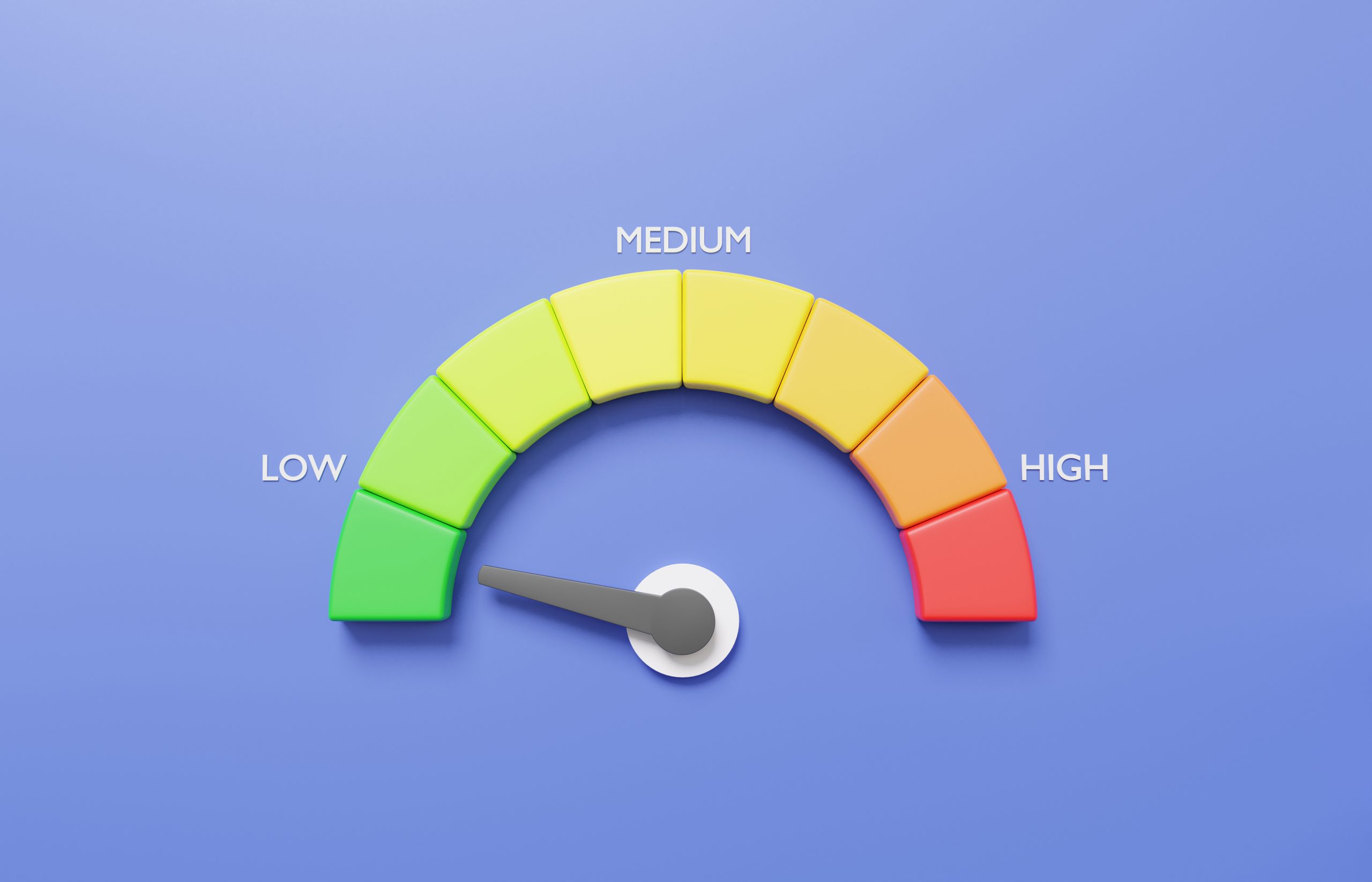
What is the average credit score in the UK?
The average credit score in the UK is difficult to determine because there are several indicators used to assess a person's credit rating. Learn more below!
Annual Percentage Rate (APR) Comparison: Representative vs. Individual
Understanding the distinction between the sample APR and your own APR before you begin comparing credit cards is important.
The representative APR is the rate the credit card issuer offers to at least 51% of cardholders.
On the other hand, the personal APR is the rate issued to you depending on your financial situation.
When looking at a list of cards ordered from greatest APR to lowest, you can discover which cards have the highest and lowest rates.
Credit card companies determine your APR based on your credit history. They also look into your demonstrated ability to responsibly handle debt and the amount you request as a loan.
Quick tips about APR:

Here are a few other facts about the Annual Percentage Rate you might want to know:
- No-interest credit cards nevertheless carry annual percentage rates (APRs). After a specific period, the standard interest rate for credit cards with a 0% APR introductory period (such as with some balance transfers) will become effective. For this reason, it is prudent to settle the debt in full before the APR is imposed;
- APR is based on a yearly rate but is applied to your monthly payment. Annual percentage rate (APR) is not like a yearly cost. When you receive your monthly credit card statement, the interest will already have been charged to your current debt. No interest is due if the balance is paid up in whole and on schedule;
- APRs on credit cards are often variable. Your annual percentage rate (APR) is variable and may increase if you fail to make timely payments or if the Bank of England Base Rate changes. Check out the Barclaycard Interest Calculator to understand how a shift in the Base Rate or your balance can affect your regular payments.
Finally, APRs are a very important part of choosing a credit card. However, there’s more to pay attention to when choosing a credit card.
Bottom Line
If you want to know how to choose the best credit cards and what are the best offers, keep track of OK Save Money content and learn more about finances!
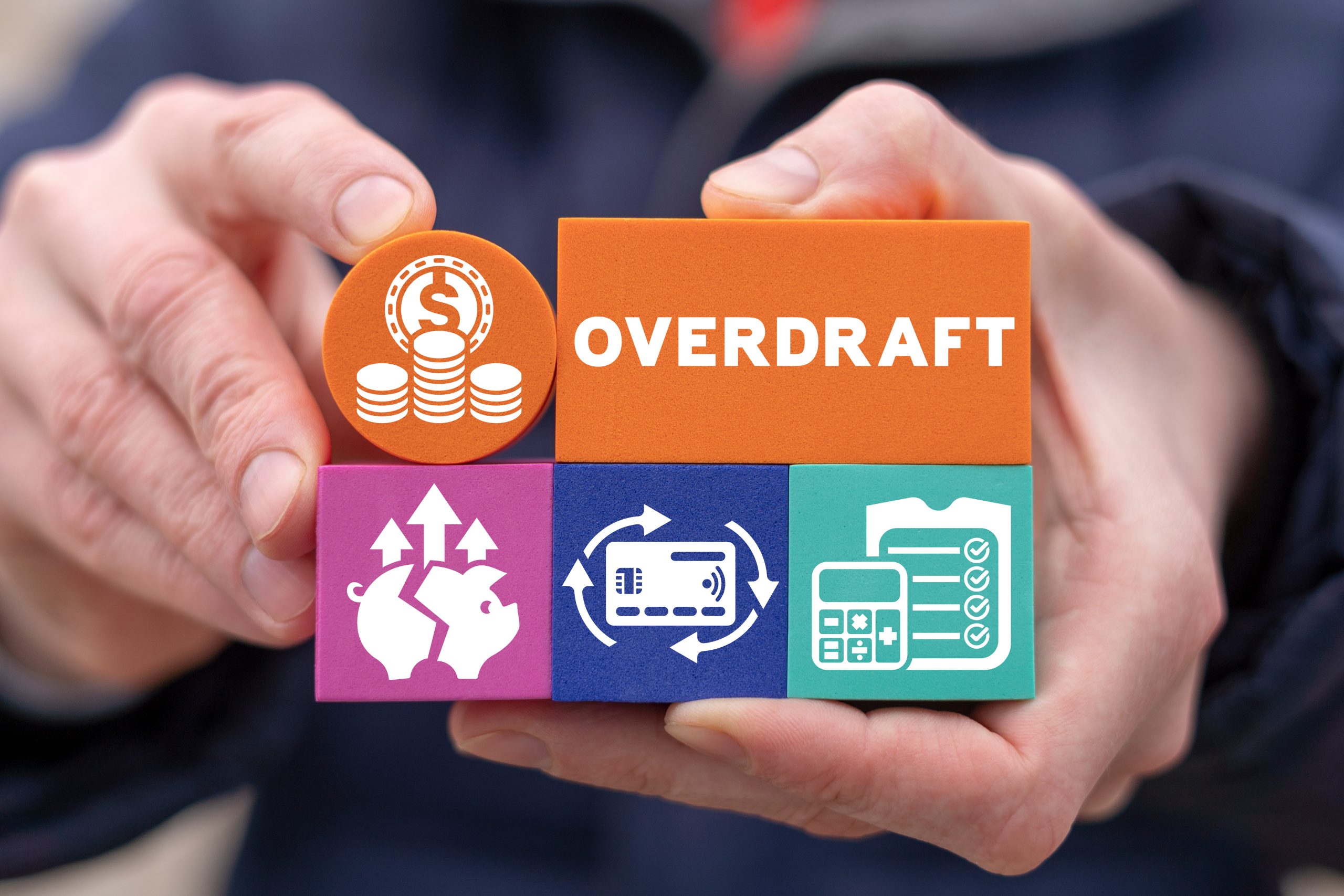
Does an overdraft affect your credit score?
Check now if overdrafting can affect your credit history. We'll explain everythin you need! So stick with us and learn more!
About the author / Giovanna Klein
Trending Topics

Capital One Classic Credit Card review: Up to £1500 credit limit
This is the Capital One Classic Credit Card review you were looking for. Learn everything about this card! Pay no annual fee! Read on!
Keep Reading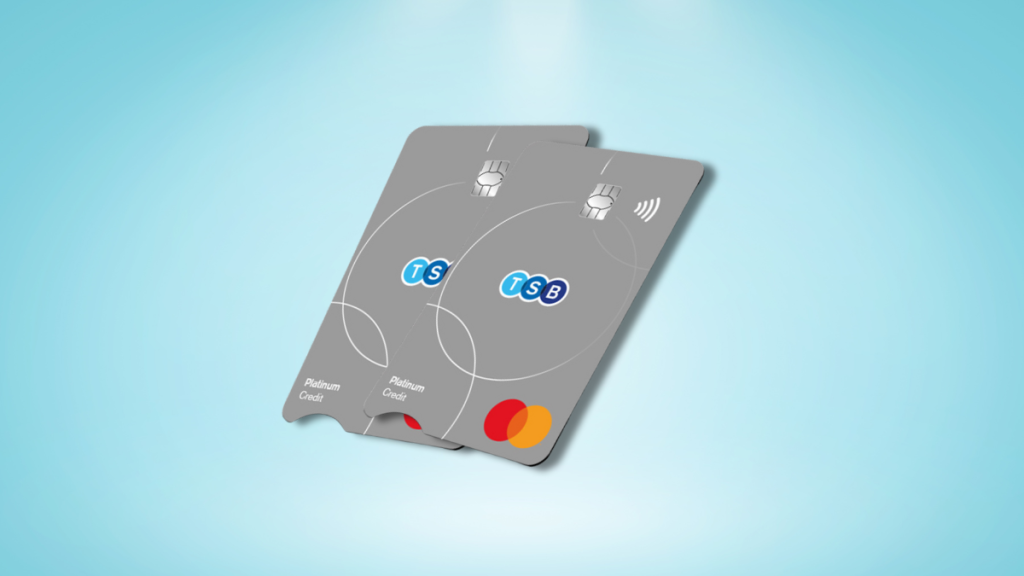
Apply for TSB Platinum Balance Transfer Card: amazing perks
Unlock the potential of learning how to apply for the TSB Platinum Balance Transfer Card with our step-by-step walkthrough!
Keep Reading
Zopa Credit Card review: £0 annual fee
A modern person deserves a modern credit card. Read this Zopa Credit Card review! Enjoy up to £2,000 credit limit! Keep reading and learn!
Keep ReadingYou may also like
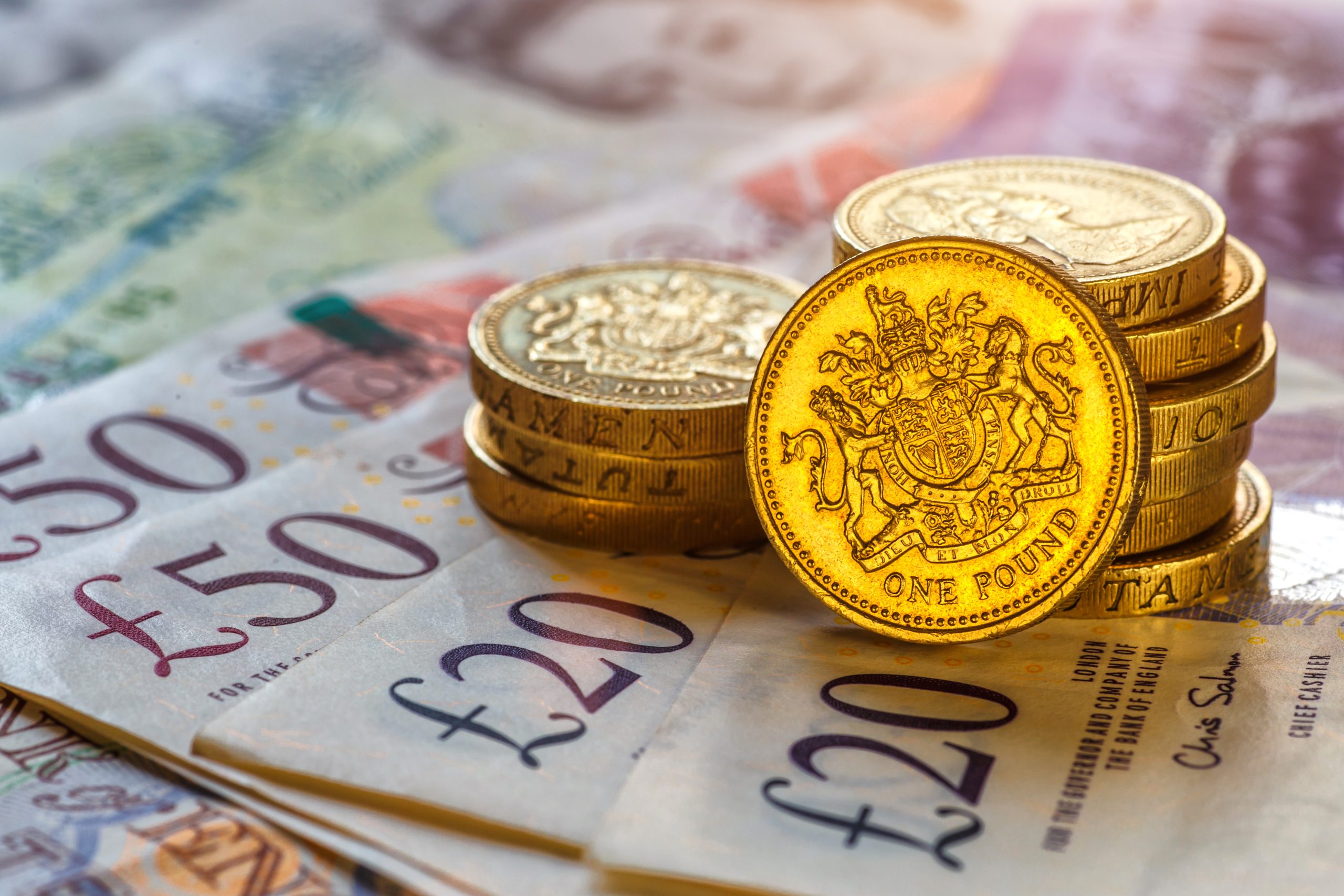
Loans for people with an IVA: is it possible?
Do you have an IVA and are thinking about applying for loans? Don’t do it before reading this post, because there are some intricacy in it.
Keep Reading
HSBC Classic Credit Card review: build a credit rating
If you’re looking for an HSBC credit card, read this HSBC Classic Credit Card review! Qualify with low credit score and pay no annual fee!
Keep Reading
Why Has My Credit Score Gone Down? 10 Possible Reasons
Why has my credit score gone down? Find the answer to this question and learn more about your credit score in your blog post. Read on!
Keep Reading